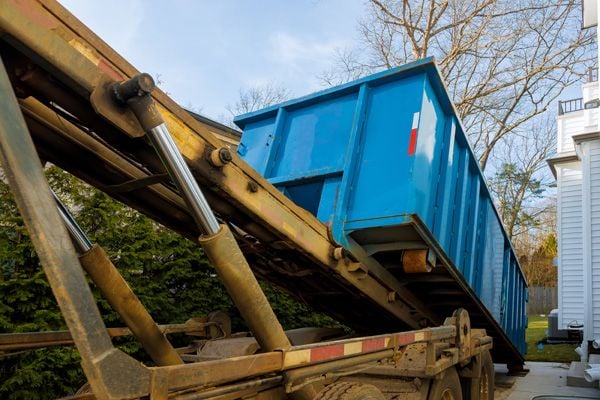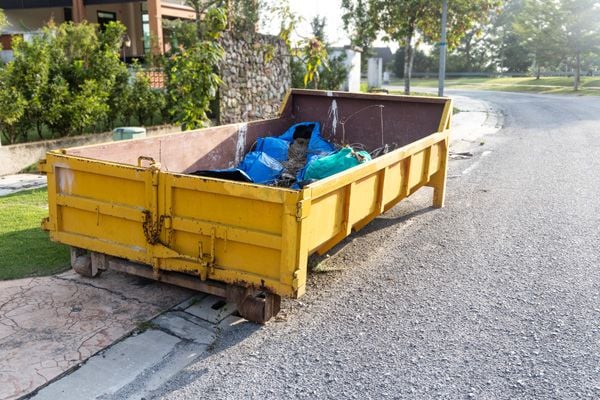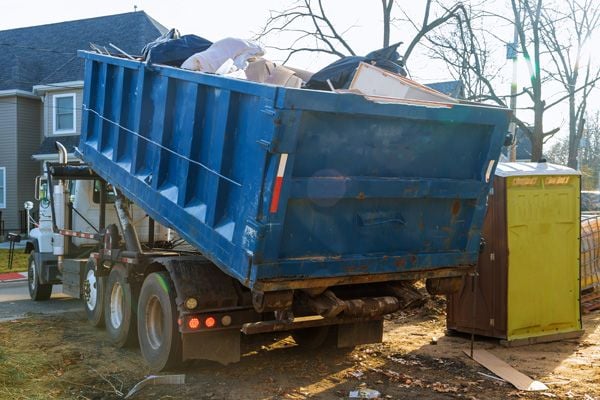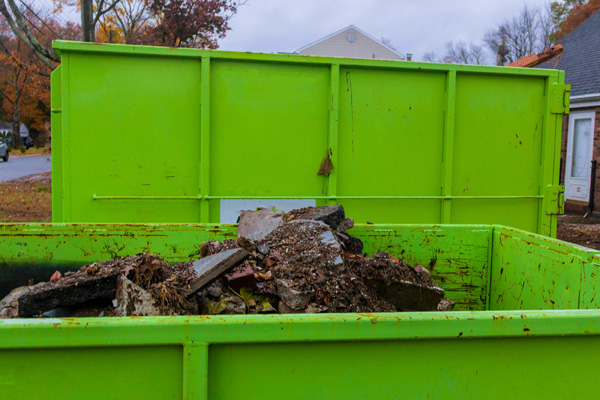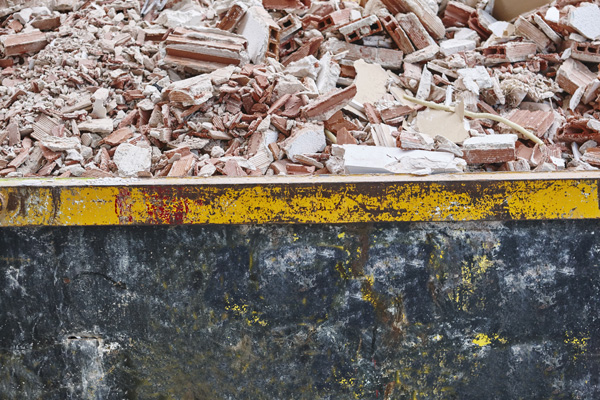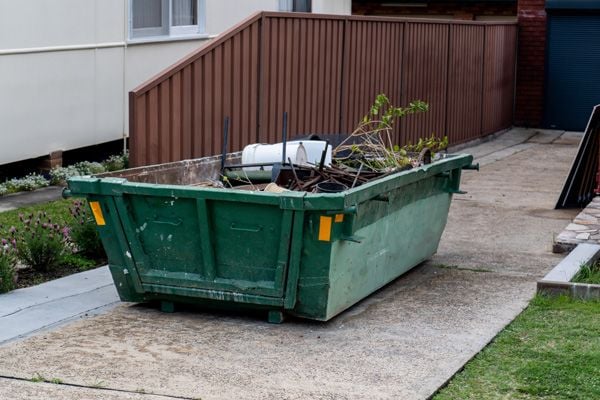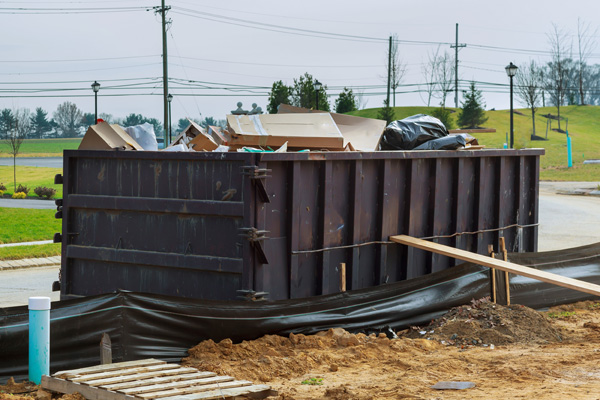Dumpster Rental For Biohazard Cleanup: Everything You Need To Know
Biohazard cleanup is a critical component of health and safety in many organizations. It involves the removal and disposal of hazardous materials, including biological waste from medical facilities, laboratories, and other places that handle potentially infectious material. Dumpster rental can be an effective solution for managing biohazardous waste due to its convenience and cost-effectiveness. This article provides an overview of dumpster rental for biohazard cleanup and offers guidance on what to look for when selecting a provider. The process of selecting a dumpster rental service for biohazard clean-up requires careful consideration as it will have direct implications for the quality of service received, environmental compliance, public safety, and overall costs incurred over time. The right dumpster size must be chosen based on the amount of hazardous waste generated and the regulations governing their transport and disposal. Additionally, choosing reliable providers with proper certifications is essential to ensure safe handling practices are followed throughout the process. This article covers all aspects related to dumpster rental for biohazard cleanup. It explains which types of services are available, outlines key considerations when selecting a provider, discusses important legal requirements to consider, provides tips on how best to utilize these services safely and efficiently, and lists some potential risks associated with improper management of hazardous wastes. Prohibited Items And What Not To Toss In A Dumpster Dumpster rental for biohazard cleanup requires knowledge of what is and isn’t allowed in a roll off dumpster. Prohibited items include any propane tanks, hazardous materials, flammable liquids or materials, paint cans, asbestos material, medical waste such as bodily fluids, chemical waste and other hazardous wastes. It is essential to be aware that these types of items should never be thrown into a rented dumpster. It is also important to note that while some household items may not seem like they would fit into the category of prohibited substances, it’s best to err on the side of caution when disposing of anything in a dumpster bin. For example, latex paint can contain dangerous solvents and chemicals that are harmful if released into the environment; therefore it is best to use an appropriate method for disposal. Additionally, all appliances must be drained before being placed in the container, including refrigerators and freezers which have Freon inside. When renting a dumpster for biohazard cleanup purposes it is critical to understand all local regulations governing proper disposal practices so as not to unintentionally create environmental hazards from improperly disposed-of materials. With this information understood one can now move onto understanding what constitutes hazardous waste: what is not allowed in a roll off dumpster? Hazardous Waste: What Is Not Allowed In A Roll Off Dumpster From prohibited items to hazardous waste, understanding what is not allowed in a roll off dumpster is essential for proper biohazard cleanup. Hazardous materials are harmful and can cause health hazards if not disposed of properly, so it’s important to be aware of the various types of substances that cannot be placed into the rental dumpster: The consequences of improper hazardous waste disposal can range from environmental damage to potential fines; therefore, it is imperative to know what is not allowed before opting for a dumpster rental during biohazard cleanup. Instead of risking legal issues or causing harm to the environment, consider using a chemical collection service when disposing of such materials. By doing this, you will ensure your project is safe and compliant with local laws while also protecting public safety. How To Determine The Right Size For Your Rental Dumpster When determining the right size for a dumpster rental, it is important to consider what type of hazardous waste items will need disposal. Factors such as how much infectious and biohazard materials will be disposed of should be taken into account. Biohazard suits and protective gear must also be accounted for when calculating the proper sized roll off dumpster. Milk jug style containers are suitable for small amounts of infection and hazardous material while larger container deposits may require a full-size roll off dumpster. Depending on the volume of waste that needs disposing, sizes range from 10 yards up to 40 yards long. A skilled specialist can help in deciding which size would work best for any given situation. It is important to remember that no matter what size or shape of dumpster is used, all biohazardous waste needs to be stored safely until disposal. This means having a secure lid or tarp to cover the contents so that nothing dangerous escapes or contaminates other areas during transportation. Following these guidelines helps ensure safe handling and transport of potentially deadly substances, saving lives and keeping communities clean and healthy. Typical Uses For A Rental Roll Off Rental roll offs are a great way to get rid of large and bulky items, such as furniture or appliances. They can also be used for the disposal of heavy waste materials like food waste, automotive fluids, air conditioner units, rust remover, construction debris and more. Customers who use these services receive excellent customer service and fast delivery times with their rental. The benefits that come along with using a rental roll off are numerous. The convenience factor alone makes it worth the cost; customers do not have to worry about finding space for large items in their own home or hauling them away themselves. Additionally, because there is no need for special equipment or tools, cleanup time is greatly reduced when compared to traditional methods. Finally, they save money by eliminating the need to hire professional help when disposing of heavier items. Somerset’s top dumpster rental service provides all the necessary information on how to properly dispose of different types of material safely and efficiently – making it easy for customers to select the right size container based on their needs. Somerset’S Top Dumpster Rental Service Somerset’s Top Dumpster Rental Service offers a wide array of dumpsters for your unique needs. Whether you need to rent a construction dumpster, yard temporary dumpster or household hazardous waste services,
Dumpster Rental For Biohazard Cleanup: Everything You Need To Know Read More »

